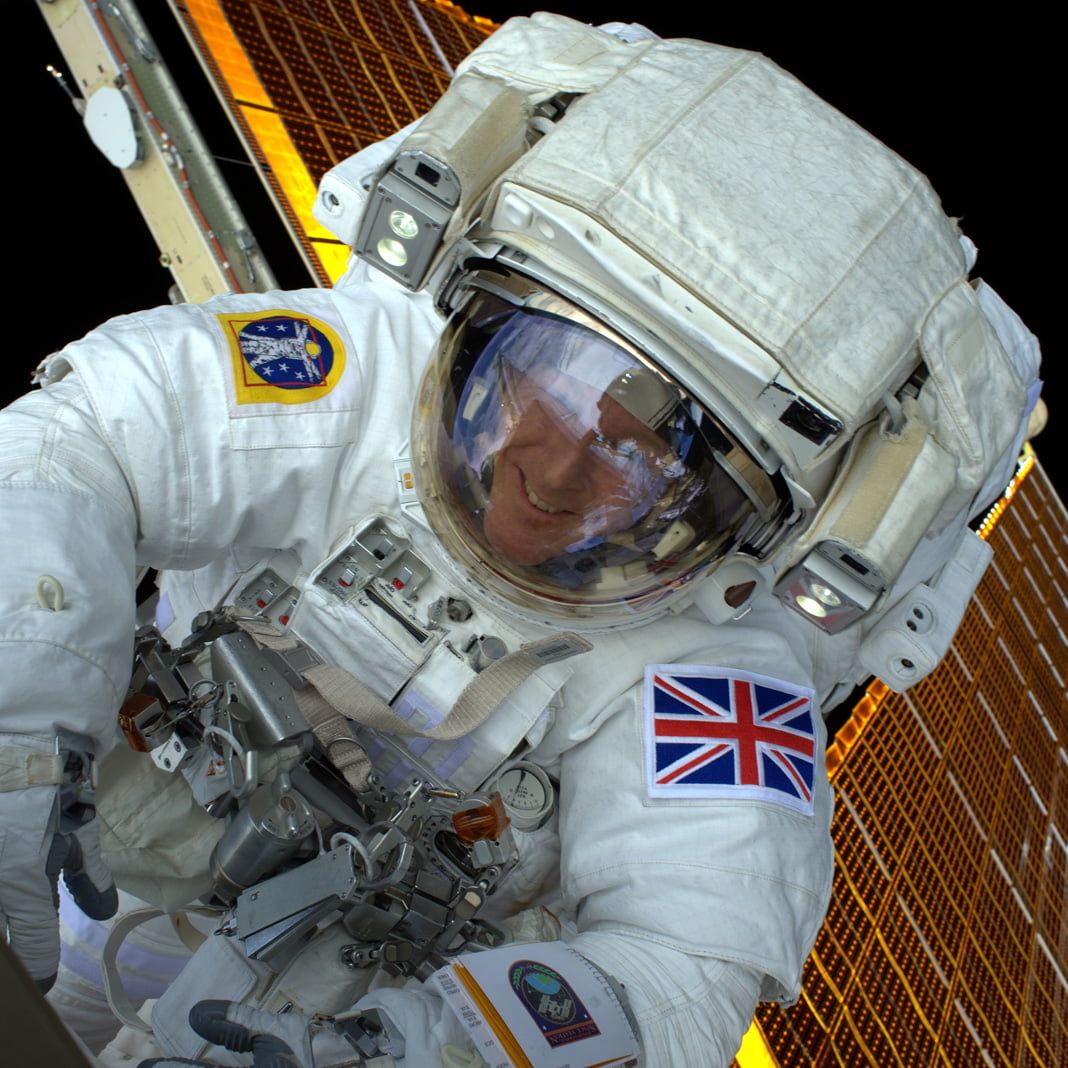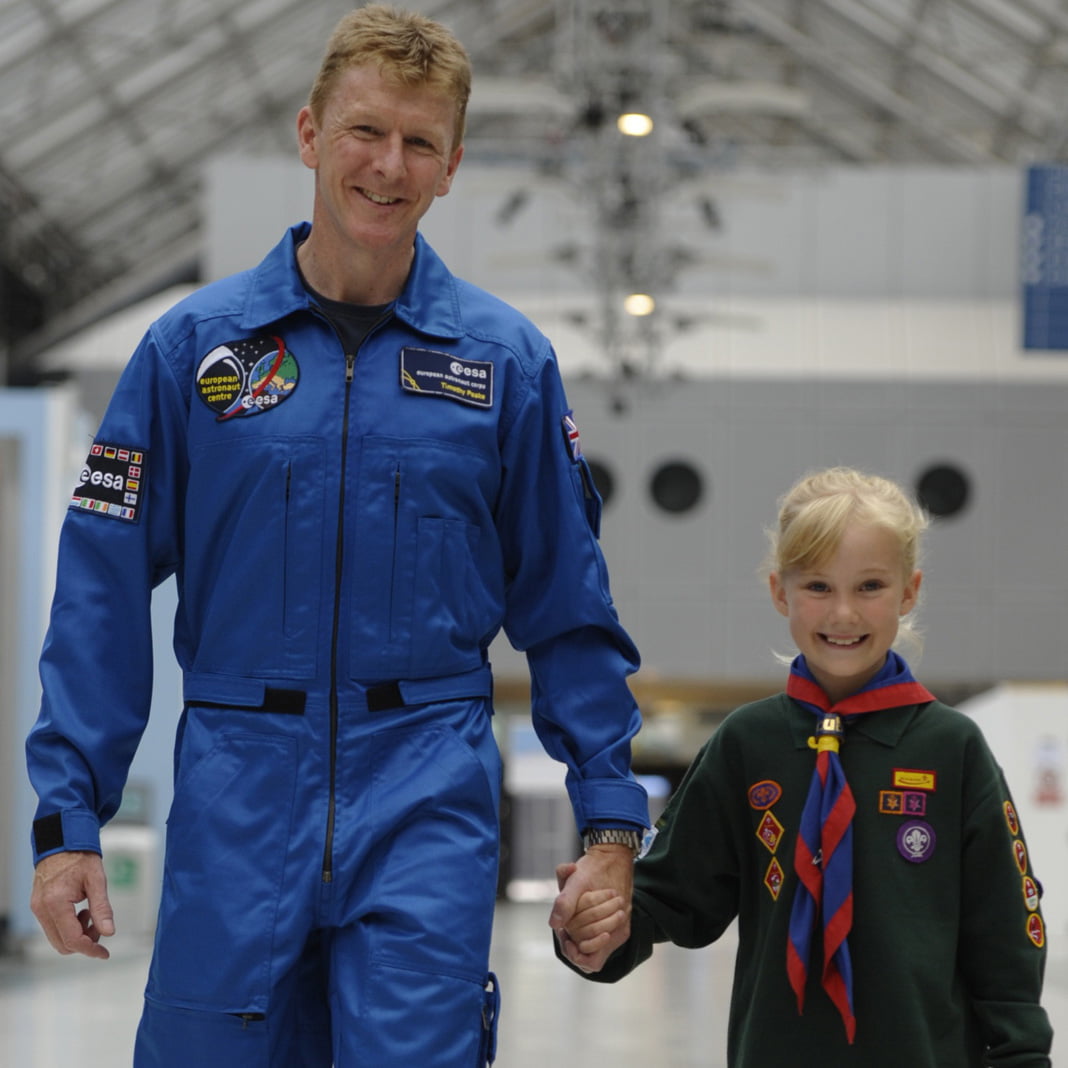A passion for adventure
Born in Chichester, England, on 7 April 1972, Tim had a passion for adventure from an early age. The Cub Scouts and school Cadet Force gave him a taste for the outdoors and he was never happier as a young boy than when he was hiking, kayaking or climbing.
At the age of 13, Tim’s dream of becoming a pilot became a reality when he took control of an aircraft for the first time. It sparked a passion for flying that has been a driving force throughout his career. By the time he was 18, he had already flown numerous solo sorties and been awarded a coveted position to join the British Army Air Corps.














